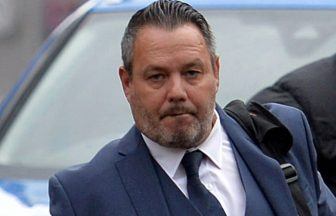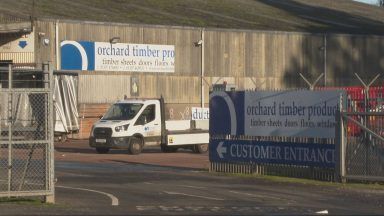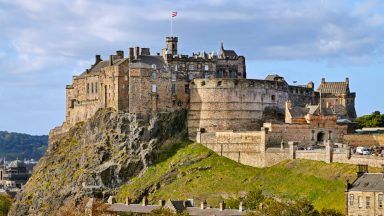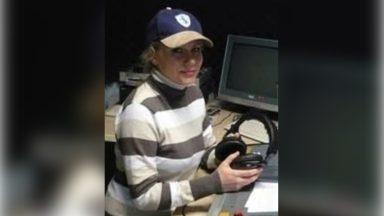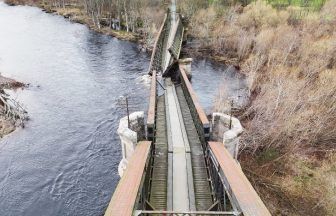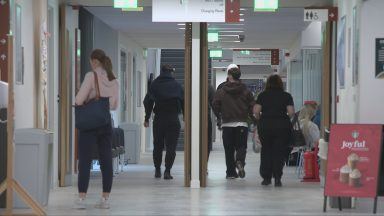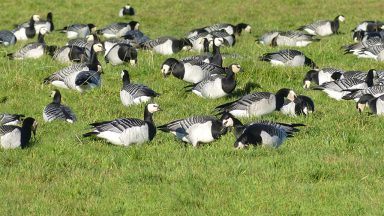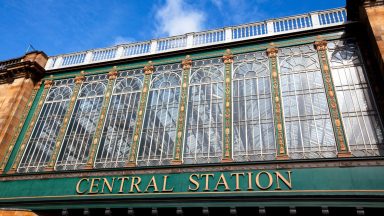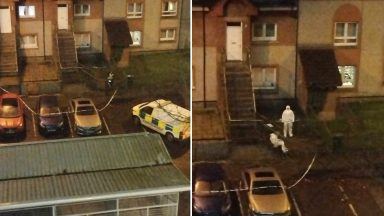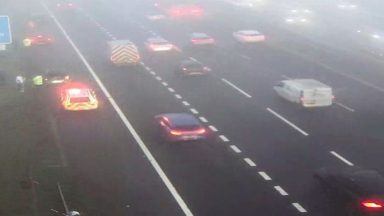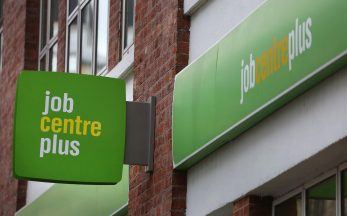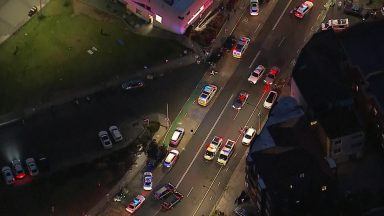Regeneration plans for four areas of Glasgow city centre which include a revamp of High Street station and a possible path through Glasgow’s Necropolis have been approved.
They focus on Cowcaddens, the Learning Quarter, the Merchant City and Townhead, with ideas such as a train station to serve Glasgow Green and new parks.
Known as ‘district regeneration frameworks’, the ten-year plans include a series of short, medium and long-term actions, and will become “material considerations” in the planning process.
Frameworks for five districts – Sauchiehall and Garnethill, Broomielaw, St. Enoch, Central and Blythswood – have previously been agreed. Councillors approved the final four after public and stakeholder consultation with over 4,300 people.
Councillor Angus Millar, the council’s convener for city centre recovery, said: “Glasgow city centre is changing rapidly, and the set of ideas and projects contained within these district regeneration frameworks present a pathway to help guide the regeneration of the city centre’s northern and eastern parts.”
In Townhead, the council wants to redefine the “the line of the former Parliamentary Road”, creating “Parliamentary Path,” a walking, wheeling and cycling route connecting Townhead to the city centre.
A new urban park is also proposed and discussions are set to start with landowners over a “Townhead Triangle,” framed by “three important routes”; North Hanover Street to the west, Dobbies Loan to St James Road and Parliamentary Path.
The plan would be to redevelop the site, currently occupied by housing, to provide better access to public services, such as healthcare or education. It could “combine a grand public space with a dynamic (and mixed) land-use programme including the re-provision of urban housing”.
A hub could also be developed for Townhead and Cowcaddens as a “base for “last mile logistics” and other “back office functions”.
Immediate action will include talks with stakeholders, such as John Lewis and Royal Mail, around “future operational plans to serve Glasgow”.
The High Street station upgrade is included in the Merchant City framework, which states the station should be “a point of welcome and signal to people that they have entered one of the most entertaining, energetic, and diverse cities in Europe”.
At the city administration committee, where the frameworks were approved, councillor Millar said the timescale for the station revamp was “dependent on lots of other things” but there will be “ongoing engagement with Network Rail”.
“It’s obviously not entirely within our gift as a project in terms of timescales and design considerations that are taken forward,” he said.
“Network Rail and Transport Scotland will be key stakeholders in taking forward that particular project.”
Plans also include enhanced bus routing, working alongside SPT and Transport Scotland on a “bus priority network,” with “quick win connections” between the Merchant City and Glasgow Royal Infirmary.
Short-term work could involve trialling High Street as a bus priority, walking and cycling corridor.
A station could be reinstated on the Argyle line at Glasgow Cross or Glasgow Green, with the council planning to make the case to SPT and Transport Scotland, as it “should be connected into the public transport network to support large events and make it easier for people to access the green space”.
The Learning Quarter includes the fringes of Townhead and Dennistoun as well as the Drygate area, the “cluster of buildings around the Cathedral, Necropolis and Glasgow Royal Infirmary and campuses of University of Strathclyde and City of Glasgow College.
There are plans for a “monumental walk” linking Sighthill, Springburn, Roystonhill and Cathedral St, with connections currently “fragmented”.
Consultation will be carried out with the local community over a possible path through the Necropolis and public realm around Cathedral Precinct, Cathedral Square, Provand’s Lordship and St. Nicholas Garden is expected to be improved.
The council will liaise with the NHS over the Royal Infirmary, with the intention of improving “connections across the campus”, public transport and arrival points.
In the Cowcaddens district, plans include upgrading Buchanan Bus station, with immediate work focused on engaging with bus passengers and SPT.
The framework also proposes promoting a new local high street on Cowcaddens Road “tying together the city centre and north Cowcaddens,” with short-term plans to develop a “street economy strategy”.
A canal park, promoting water sports, is also suggested as well as the promotion of an “avenue of the arts” around venues such as Glasgow School of Art, Glasgow Film Theatre, Royal Conservatoire Scotland, Scottish Opera and Glasgow Royal Concert Hall.
Councillor Millar said: “The approval of these frameworks will help inform appropriate future investment and development that builds on the unique character of each of the four districts while supporting our wider strategic vision for the city centre.
“From improving connectivity across the M8 corridor and enhancing green space, to realising opportunities to accommodate new city centre residents, the Cowcaddens, Townhead, Learning Quarter and Merchant City areas will play an important role in the recovery and transformation of Glasgow city centre.”
The frameworks were developed by the council in collaboration with Austin-Smith Lord and Studio for New Realities.
Follow STV News on WhatsApp
Scan the QR code on your mobile device for all the latest news from around the country


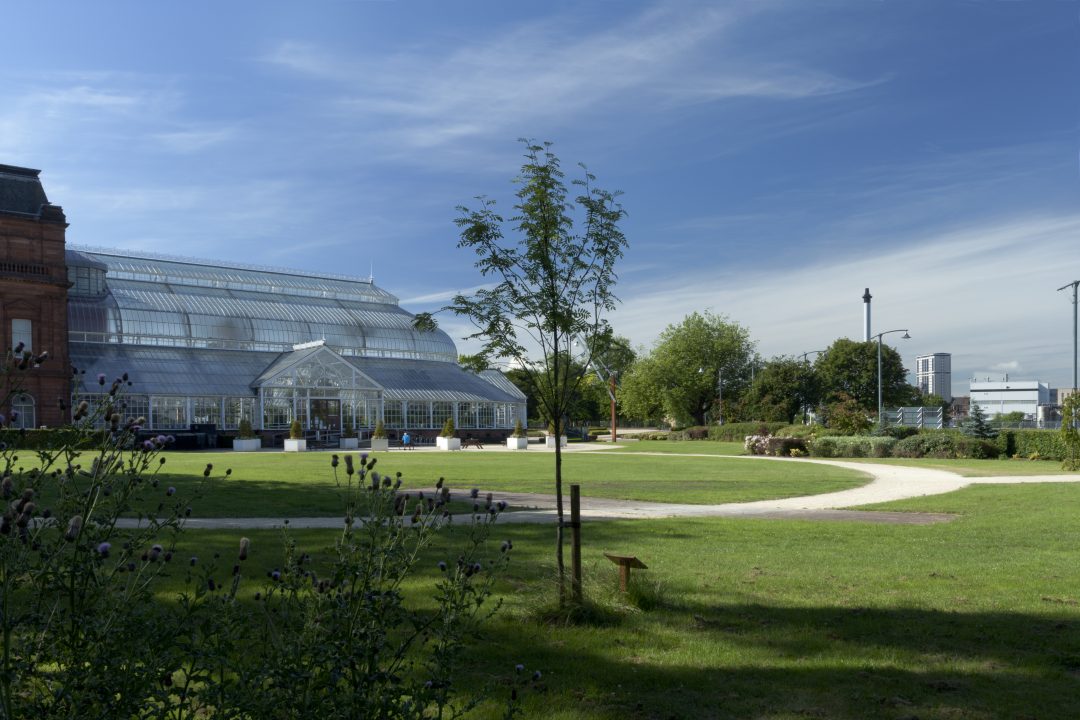 iStock
iStock

